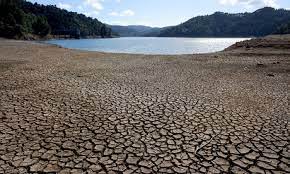По словам Колина Бонда, главы новозеландских производителей киви, фермеры, выращивающие киви в Новой Зеландии, начинают свой сезон на высокой ноте. Он говорит, что, несмотря на то, что некоторые фермы все еще восстанавливаются после циклона «Габриэль», ожидается, что большинство из них получат прибыль в этом сезоне урожая.
Крупная компания по производству киви Zespri опубликовала прогноз текущего урожая. Прогнозы свидетельствуют о значительном росте по сравнению с прошлым годом, когда неожиданные заморозки повредили цветы и молодые плоды, в результате чего многие производители потеряли деньги. Производители зеленых киви могут рассчитывать на доход от 75 000 до 91 000 долларов с гектара по сравнению с 64 930 долларами в прошлом сезоне. По прогнозам, производители золотых киви будут зарабатывать от 145 000 до 166 000 долларов за гектар, что немного больше, чем в прошлом сезоне (143 537 долларов).
Хотя сезон сбора урожая еще рано, Бонд настроен оптимистично. Он объясняет, что прибыль производителей зависит как от рыночных цен, так и от количества фруктов, которые они могут производить. В прошлом году цены были высокими, но урожайность была низкой. В этом году он надеется как на высокие урожаи, так и на высокие рыночные цены.
Первая партия золотых киви уже отправилась из Новой Зеландии в Азию, что, по мнению Бонда, положит начало сезону, который, по мнению Бонда, будет успешным для отрасли. Он также отмечает, что трудовые проблемы решены, и в страну приезжает много туристов на работу.
Генеральный директор Zespri Дэн Мэтисон также настроен оптимистично. Он говорит, что компания принимает у себя крупные розничные сети в Новой Зеландии и что спрос на их фрукты высок. В связи с увеличением объемов продаж компания Zespri надеется удовлетворить этот спрос. В этом сезоне компания планирует экспортировать около 190 миллионов лотков киви.
Однако Мэтисон также отмечает потенциальные проблемы, включая сложную рыночную конъюнктуру и неблагоприятные обменные курсы по отношению к японской иене. Особенно это может повлиять на органические, сладкие зеленые и рубиново-красные киви, которые продаются в основном в Японии.


















































-360x245.jpg)










